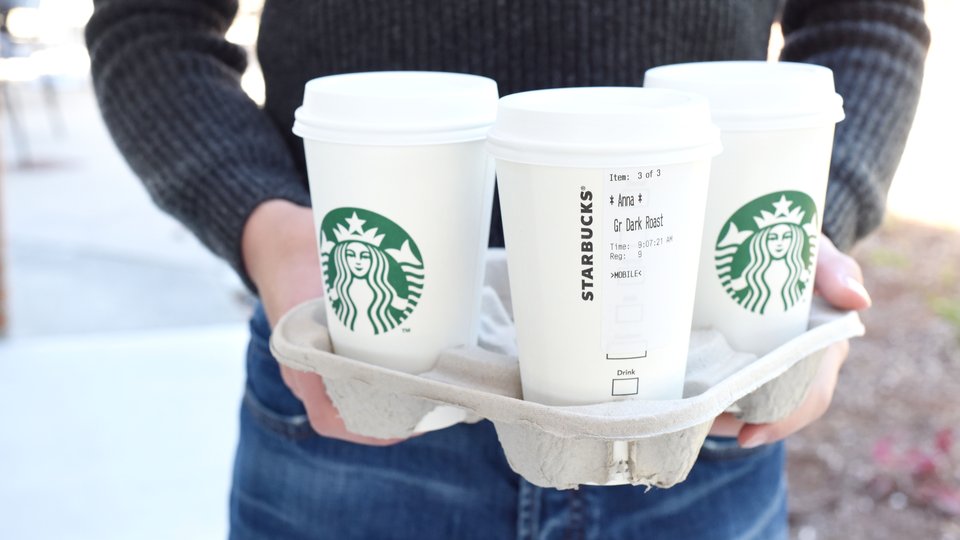Operations
Is Starbucks still Starbucks?
Now that the pandemic has forced Starbucks to change its operating model, Brand Keys' Robert Passikoff wonders what's the difference between Starbucks and a corner coffee cart?

June 4, 2020 by Robert Passikoff — Consultant, Brand Keys
Starbucks opened in Pike's Place Market in Seattle in 1971 with a goal to sell great coffee beans. After a trip to Milan, however, Howard Schultz suggested the company sell coffee and espresso drinks. The original founders rejected that idea but ultimately Shultz triumphed, bought the company and created an American version of the European coffeehouse experience. Shultz looked to create an unhurried lifestyle, rather than a routine.
It worked, and people were willing to pay five bucks for what they could buy at the corner coffee cart for $1 because it was a kind of Euro-cool experience. You could sit and read a newspaper, you could close your eyes and feel as if you were sitting in Paris or Rome, sans disdainful waiters.
Starbuck had its own growing pains over the years. At the end of 2005 Brand Keys engagement metrics pointed out the fact that Starbucks' growth had resulted in the removal of the individual and unique characteristics (along with couches, free newspapers, and space) that had made it different from other competitors.
The Commoditization of the Starbucks Experience
On Feb. 14, 2007, The Wall Street Journal printed the text of an internal memo sent by CEO Howard Shultz entitled "The Commoditization of the Starbucks Experience." In the memo Shultz stated that the development and scale of Starbucks — growing in a decade from 1,000 to 13,000 stores — resulted in what he termed, "the commoditization of the brand." He continued:
Many of these decisions were probably right at the time, and on their own merit would not have created the dilution of the experience; but in this case, the sum is, unfortunately, much more damaging than the individual pieces. For example, when we went to automatic espresso machines, we solved a major problem in terms of speed of service and efficiency. At the same time, we overlooked the fact that we would remove much of the romance and theatre that was in play with the use of the La Marzocca machines.
Since then, Starbucks has made conversions and adjustments to the stores and the experience, and it's reasonable to say that for the past decade the experience has been pretty static: suitable and safe, and probably driven more by routine than Shultz's initially imagined experience.
COVID-19 changes everything
Toward the end of March, Starbucks closed dining rooms, reducing service to drive-thru and delivery to help stem the surge of the pandemic and promote social distancing. Good for them. You can't actually enter the stores. You can't sit down, and you can't linger over your coffee. What you can do is order by app or at the door, six feet away from masked employees, and you can consume your coffee while you socially distance as you amble along the sidewalk.
So, what's the difference between Starbucks and a corner coffee cart? Or Starbucks and a diner pick-up? Of course, it will depend on location, but it's been reported that what sells most at Starbucks is coffee and lattes. And likely Frappuccinos, but equally likely to students after school, and schools have been closed.
So, the real question is, where can't you get a coffee or a latte? (And please don't tell me about "taste" There is no empirical test for taste!) So, let me end with the questions with which I began: Is Starbucks still Starbucks?







